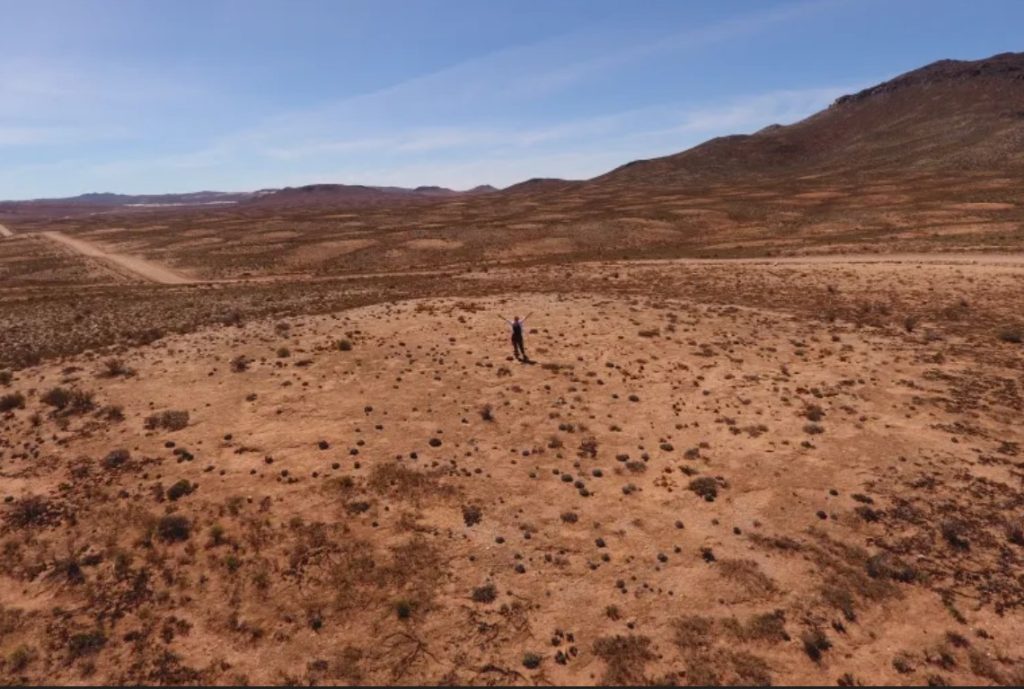South African researchers have unearthed one of the world’s oldest termite colonies, estimated to be around 34,000 years old, in Buffelsrivier, Namaqualand. The excavation, led by Stellenbosch University scientists Cathy Clarke and Michele Francis, revealed numerous interesting things about termites, including their role in shaping the ecosystem. For one, the southern harvester termites, which have adapted to arid conditions, build vast mounds rich in mineral and organic carbon, creating a unique biodiversity hotspot. Also, the termites’ activity sequesters carbon at depths greater than three feet, reducing the likelihood the carbon will be released back into the atmosphere. This suggests their mounds could help combat climate change by storing significant amounts of carbon. The team’s findings underscore the potential of termite mounds as long-term carbon sinks and encourage a renewed appreciation for termites as crucial environmental engineers contributing to soil fertility and global carbon dynamics.
SOURCE: AL JAZEERA

